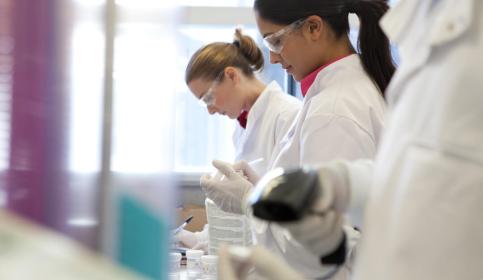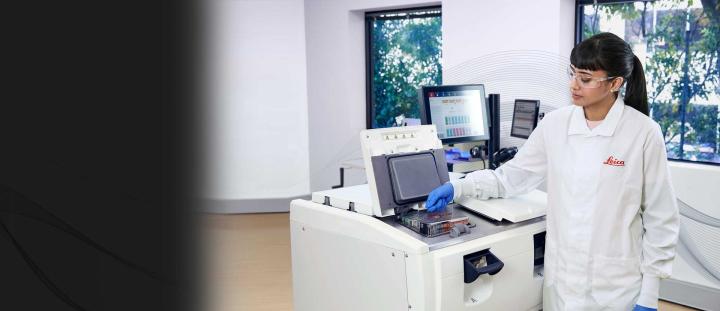
Give Every Tissue Type and Size the Treatment It Deserves
One of the most fundamentally critical elements of diagnostic histopathology is the ability to suspend all cellular activity in tissues and prevent degradation, and secondly, to process specimen in a manner that facilitates subsequent steps such as microtomy and staining.
When these essential factors are not optimally met, a progressive decline results in the quality of tissue processing, oftentimes resulting in a specimen which is not satisfactory for assessment and attempts to "re-process" the specimen correctly.
Gallery
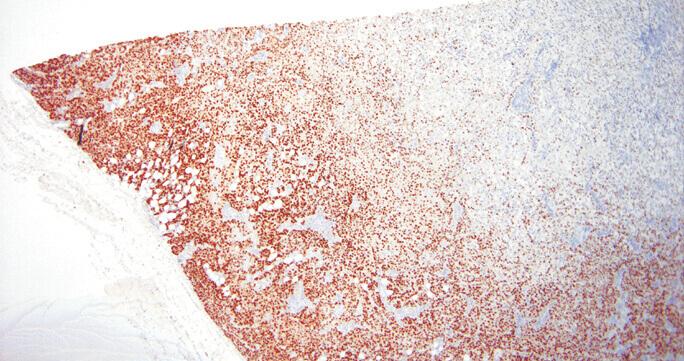
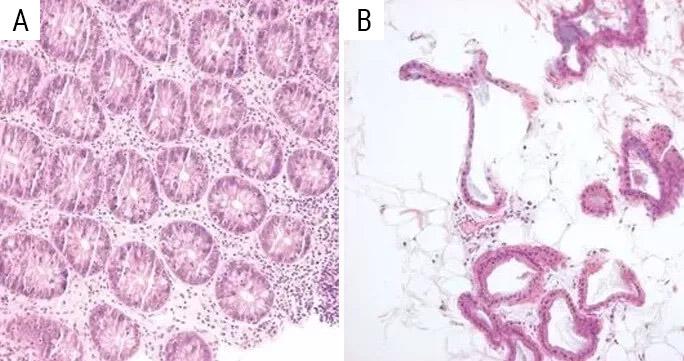
Learn from industry experts how over-and under processed tissues affect the daily workflow of your laboratory and what you can do to get consistent, high-quality results.
The Cost of Reprocessing
Over- or under-processing of tissues often means that laboratory technicians need to go back and attempt to ‘reprocess’ specimens correctly, which places added pressure on existing workloads and can negatively impact turnaround times. The allocation of time, manpower, reagents, and materials to regularly reprocess poor quality samples represents a substantial cost to laboratories, increasing workloads by as much as 700 %.
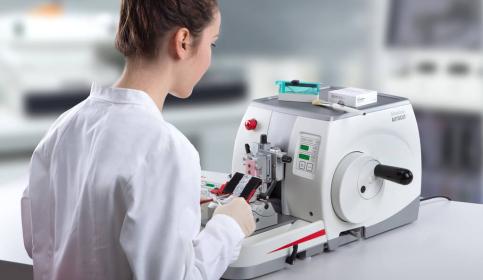
Difficult Blocks and Reprocessing
This download provides guidance on how to deal with difficult blocks to get the best possible section, and how to identify and avoid a repeat of underlying causes.
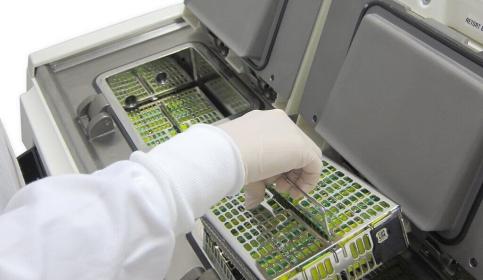
The Benefit Of Multiple Tissue Processing Runs
Tissue processing is one of the most critical elements of obtaining quality and timely results in the histology process. To obtain the desired quality processed tissue samples, separate processing runs may be required appropriate to tissue size.
For in-vitro diagnostic use.
